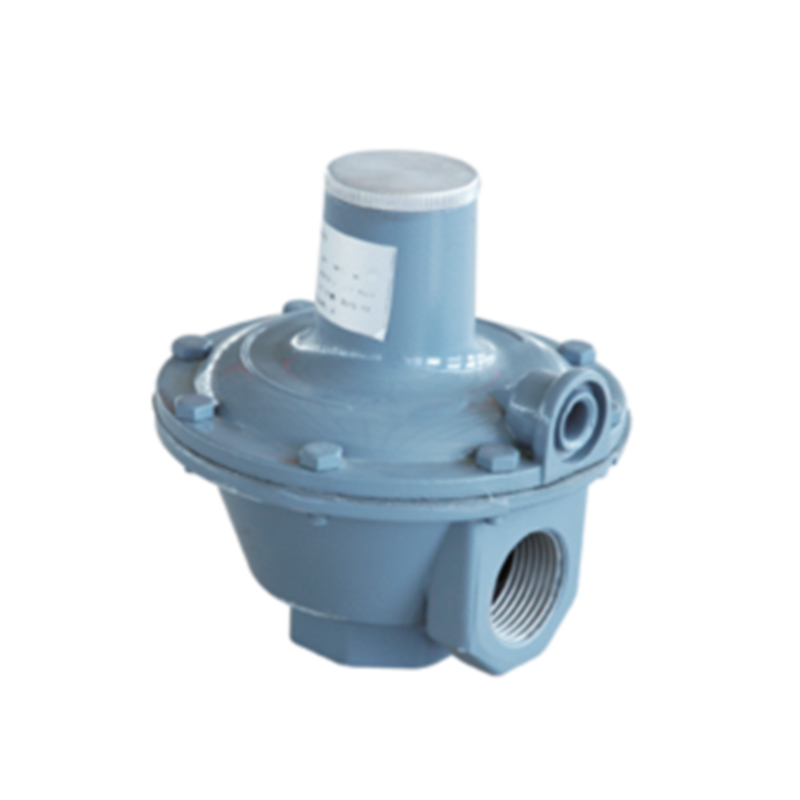
Nov . 15, 2024 01:38
Back to list
gas coalescer
The Role of Gas Coalescers in Industrial Applications
In the diverse landscape of industrial processes, gas coalescers play a crucial role in ensuring efficiency and purity. These devices are primarily designed to remove liquid droplets from gas streams, making them indispensable in various sectors such as oil and gas, petrochemicals, and environmental engineering.
At the heart of the gas coalescer's functionality is its ability to enhance the quality of gas by separating entrained liquids. When gases are transported or processed, they often carry moisture and other hydrocarbon liquids. If not removed, these liquids can lead to system inefficiencies, equipment damage, and even safety hazards. Gas coalescers utilize a combination of gravitational and surface tension forces to facilitate the separation of these liquid contaminants from the gas phase.
The design of gas coalescers can vary widely based on the specific requirements of the application. Typically, they consist of several stages, including pre-filtration, coalescing, and separation. In the initial stage, larger particles are filtered out, preparing the stream for the more critical coalescing phase. Here, fine liquid droplets collide with specialized media, merging to form larger droplets. This coalesce process is crucial because larger droplets are easier to separate due to the influence of gravity.
One of the significant advantages of gas coalescers is their ability to improve the efficiency of downstream processes. For example, in the oil and gas industry, the presence of water or heavy hydrocarbons in gas lines can lead to hydrate formation or corrosion in pipelines. By removing these unwanted liquids, gas coalescers help prevent blockages and reduce maintenance costs, thereby enhancing the operational reliability of the entire system.
gas coalescer

Moreover, gas coalescers contribute to the environmental sustainability of industrial operations. By ensuring that gas emissions are cleaned of liquid hydrocarbons, these systems help companies meet stringent regulatory standards. This not only safeguards the environment but also helps organizations avoid potential fines and legal repercussions associated with non-compliance.
In recent years, advancements in coalescing technology have led to more efficient designs that further optimize performance. For instance, the use of advanced materials and engineered structures in coalescer media allows for greater surface area and improved coalescing efficiency. This results in longer operational life and reduced frequency of replacement, which not only lowers costs but also minimizes waste.
Another consideration for industries employing gas coalescers is the monitoring of performance and maintenance practices. Regular inspection and adherence to operational parameters are essential to ensure that the coalescing systems function effectively. Implementing predictive maintenance strategies can also enhance reliability by identifying potential issues before they escalate into significant problems.
In conclusion, gas coalescers are vital components in various industrial processes, ensuring the efficient and safe removal of liquid contaminants from gas streams. Their ability to improve process efficiency, safeguard equipment, and enhance environmental compliance cannot be overstated. As industries continue to evolve and face new challenges, the role of gas coalescers will undoubtedly remain crucial in achieving operational excellence and sustainability. With ongoing innovations in design and materials, we can expect to see even more efficient coalescing solutions that support the demands of modern industry.
Next:
Latest news
-
Safety Valve Spring-Loaded Design Overpressure ProtectionNewsJul.25,2025
-
Precision Voltage Regulator AC5 Accuracy Grade PerformanceNewsJul.25,2025
-
Natural Gas Pressure Regulating Skid Industrial Pipeline ApplicationsNewsJul.25,2025
-
Natural Gas Filter Stainless Steel Mesh Element DesignNewsJul.25,2025
-
Gas Pressure Regulator Valve Direct-Acting Spring-Loaded DesignNewsJul.25,2025
-
Decompression Equipment Multi-Stage Heat Exchange System DesignNewsJul.25,2025

